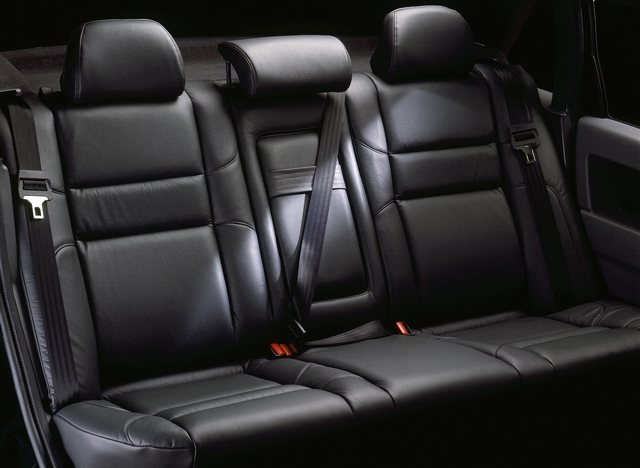On modern vehicles, seat belts are designed to work as the key part of wider injury prevention measures and safety systems, such as airbags and head restraints, which will not be as effective in reducing the risk of injury if the passenger is not fastened securely by a seat belt.
You rely on your seatbelts especially in a car crash. But do you know that seat belt itself may cause injury? It is rare but it does exist. First, let’s look at how seat belt injuries occur.
In a collision, your car comes to a sudden stop and your upper body pushes forward out of inertia, the seatbelt works by pulling back and strapping your torso to the seat, by doing so, it prevent your body from slamming against the windshield or steering wheel. During the process, a seat belt injury may occur due to seat belt malfunction, improper wearing, or manufacturer defect. And serious high-impact crashes can also lead to such an injury.
Proper seatbelt wearing is one of the keys to the prevention of seat belt-related injuries a vehicle occupant can do. Basically, ‘Properly worn’ means with both straps (shoulder strap and lap strap) snugly fitted to transfer the impact of the collision to the parts of your body that can take it – your hipbones and shoulder bones. Here are several wearing tips you can bear in mind:
1. The belt should be worn as tight as possible, with no slack
2. The lap belt should go over the pelvic region, not the stomach
3. The diagonal strap should rest over the shoulder, not the neck
4. Nothing should obstruct the smooth movement of the belt by trapping it
To wear a seatbelt fitting yourself, from time to time, you’re required to do some adjustment work to allow the restraints to work effectively. Apart from the position of the belt, it also includes seat’s position maneuver and seat twist (if any) check and flat. Several devices are designed to attach to the seat belts that can pull seatbelts into a different position or change the way in which they rest on an occupant. But the use of these devices are not recommended since no standards currently exist ensuring a basic crashworthiness.
Just like any other parts, car seatbelts wear and finally out of use with the elapse of time.
There are some common forms of damage. They are fraying or fluffing around the edges of the seat belt, a cut which causes the fabric to split, a hole in the seat belt and damage to the buckle. Seat belts should be regularly checked for these damages. When one of these damages occurs and the proper function of your seatbelt is impeded, for your safety, get it replaced in time.
Moreover, all pregnant woman passengers must wear seat belts both at the front and the back seats by law. Pregnancy does not in itself automatically provide exemption. Lap belts are safe and suitable for adult passengers, but not for pregnant women.

The improper use of car seatbelts
by
Tags:
